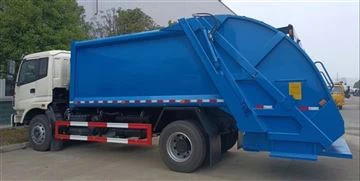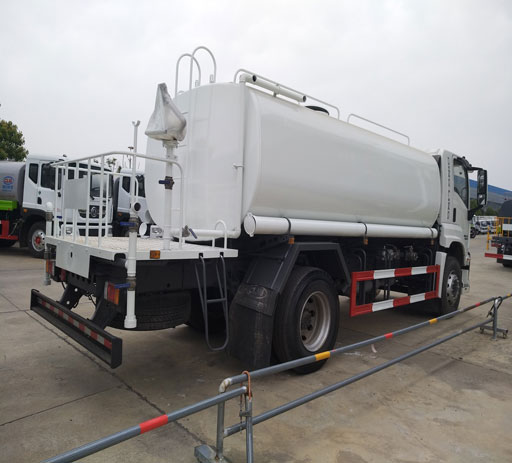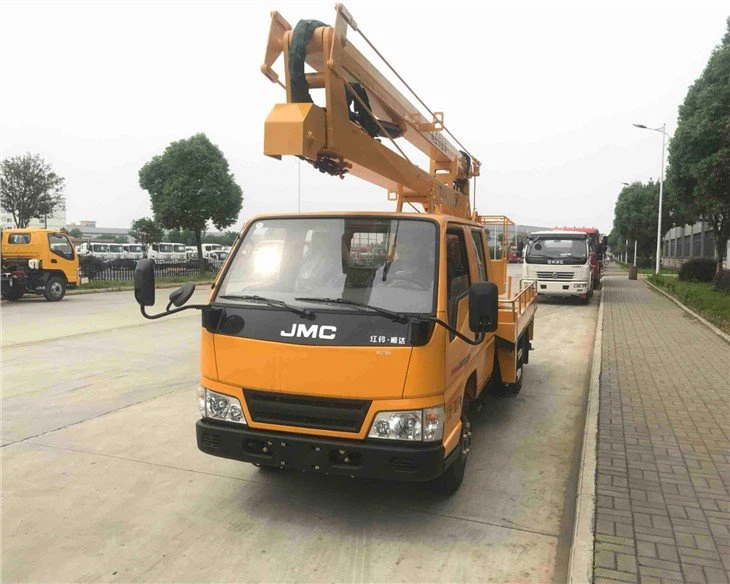Understanding the Garbage Truck Packer Blade: Features, Types, and Maintenance

Introduction
The garbage truck packer blade is a critical component of waste collection vehicles, specifically designed to compress garbage within the truck’s body. This device plays a vital role in maximizing the truck’s load capacity, ensuring efficient waste management within urban environments. In this article, we will explore the functions, types, maintenance, and more related to the garbage truck packer blade, ensuring that readers gain a comprehensive understanding of this essential machinery.
1. What is a Garbage Truck Packer Blade?
The garbage truck packer blade, commonly known as a packer or compactor blade, is a hydraulic mechanism situated at the rear end of waste collection trucks. Its primary function is to compact collected waste, enabling the truck to carry a higher volume of garbage per trip. This not only reduces the frequency of trips made by garbage trucks but also helps in maintaining cleanliness in public areas by preventing overflow.
1.1 Key Functions of the Packer Blade
- Compression of Waste: The packer blade compresses the materials in the truck’s hopper, maximizing storage volume.
- Efficient Operation: By reducing the overall space taken up by waste, the truck can operate more efficiently.
- Prevention of Spillage: The blade minimizes the risk of waste spilling out during transportation.
2. Types of Packer Blades
Garbage truck packer blades vary in design and functionality based on their specific application. Understanding these types helps fleet operators choose the right equipment for their needs.
2.1 Fixed Blades
Fixed packer blades are rigid structures that do not move when compressing waste. They are often found in older truck models.
2.2 Sliding Blades
Sliding blades can move back and forth to create additional space within the compactor, allowing for more efficient packing. These are common in modern trucks.
2.3 Hybrid Blades
Hybrid blades combine the features of both fixed and sliding blades, providing flexibility and efficiency, ideal for various waste types.
3. Components of the Packer Blade System

A packer blade system is composed of several components working in unison to ensure optimal performance. The main parts include:
3.1 Packer Blade

The actual blade that does the compression work, usually made of high-strength steel to withstand wear and tear.
3.2 Hydraulic Cylinder
Responsible for providing the necessary force to push the packer blade against the waste.
3.3 Control System
The electronic or manual controls that allow the driver to operate the packer blade effectively.
3.4 Hopper
The compartment where waste is loaded and where the packer blade operates.
4. Advantages of Using a Packer Blade in Garbage Trucks
Implementing a packer blade in garbage trucks comes with numerous benefits:

4.1 Increased Load Capacity
The compression action allows for more waste to be contained within a single load, reducing the number of trips.
4.2 Enhanced Efficiency
By reducing waste volume, operations become more productive and costs associated with fuel and manpower decrease.
4.3 Improved Environmental Impact
Fewer trips to landfill sites decrease carbon emissions, making waste management more eco-friendly.
5. Maintenance of the Packer Blade
Proper maintenance of the garbage truck packer blade is crucial for its longevity and performance. Here are some tips to ensure effective maintenance:
5.1 Routine Inspections
Regular inspections help identify wear and tear before it becomes a significant issue. Check the blade for signs of damage or corrosion.
5.2 Lubrication
All moving parts, particularly in hydraulic systems, should be regularly lubricated to prevent malfunctions.
5.3 Hydraulic Fluid Check
Ensure that the hydraulic fluid level is adequate. Low levels can affect the performance of the packer blade.
5.4 Component Replacement
Be proactive about replacing worn components to avoid breakdowns during operation.
6. Practical Applications of the Packer Blade
The garbage truck packer blade is utilized in various scenarios, demonstrating its versatility and importance:
6.1 Residential Waste Collection
Packer blades are used extensively in residential areas for efficient collection of household waste.
6.2 Commercial Waste Management
Businesses with high waste output benefit from packer blades due to reduced collection frequency and earlier waste compacting.
6.3 Construction Sites
Garbage trucks equipped with packer blades are essential on construction sites, where bulky and heavy waste materials are common.
7. Challenges Faced with Packer Blades
Despite their advantages, packer blades present several challenges in their operation:
7.1 Overloading
Exceeding the recommended load can damage the packer blade and compromise safety.
7.2 Clogging
Heavy or sticky waste can clog the packer blade mechanism, requiring manual intervention.
7.3 Maintenance Costs
While maintenance is necessary, the costs associated with repairs and replacements can accumulate over time.
8. Future Trends in Garbage Truck Packer Blade Technology
Innovation is continually shaping the design and functionality of packer blades. Here are some trends to watch:
8.1 Automation
Incorporating automation in packer blade systems could lead to enhanced efficiency and decreased operational costs.
8.2 Advanced Materials
Research into lightweight, durable materials could improve the lifespan of packer blades while reducing fuel consumption.
8.3 Smart Technologies
The integration of smart sensors may provide real-time data about the packer’s condition, allowing for timely maintenance.
9. Frequently Asked Questions (FAQs)
9.1 What is the average lifespan of a garbage truck packer blade?
The lifespan can vary based on usage and maintenance but typically ranges from 5 to 10 years.
9.2 How can I improve the efficiency of my garbage truck packer blade?
Regular maintenance, proper operation, and adhering to load limits can significantly improve efficiency.
9.3 Are there different sizes of packer blades available?
Yes, packer blades come in various sizes to accommodate different truck models and waste types.
9.4 What materials are used to manufacture packer blades?
Packer blades are primarily made from high-strength steel to withstand the demands of daily waste collection.
9.5 Can I operate a packer blade manually?
Many garbage trucks come equipped with both manual and automatic controls for operating the packer blade.
9.6 How do I know when my packer blade needs replacing?
Signs of excessive wear, lack of compression efficiency, or visible damage indicate that a replacement may be necessary.
10. Conclusion
The garbage truck packer blade is indispensable in modern waste management. Understanding its function, maintenance requirements, and emerging trends allows businesses and municipalities to make informed choices that enhance operational efficiency and environmental sustainability.
